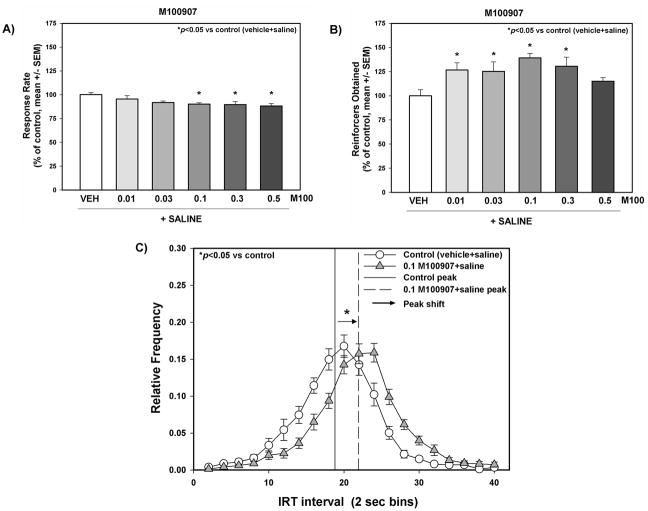Figure 1. The effects of M100907 administration on behavioral disinhibition measured with the DRL-20 sec task.
Response rate (A) and number of reinforcers (0.25 sec water deliveries) obtained (B) on the DRL-20 s task test day are presented as % of control (vehicle+saline) (mean ± SEM). (C) The relative frequency (frequency of inter-response time/total number of responses ± SEM) of a given inter-response interval for control and M100907 (0.1 mg.kg) is represented as a single point for each 2-s time bin. M100907 (0.01, 0.03, 0.1, 0.3, 0.5 mg/kg) was administered 15 min prior to saline injections; vehicle (1 mL/kg saline or 1% Tween 80) was administered immediately before DRL-20 sec task test sessions in a counterbalanced within-subjects design. “→” Represents the peak shift for 0.1 mg/kg M100907 versus the control peak relative frequency. Statistical comparisons of descriptive statistics for the inter-response time distributions can be found in Table 1. *p<0.05 vs. control ^p<0.05 vs. vehicle+cocaine (one way repeated measures ANOVA with Dunnett’s procedure)

